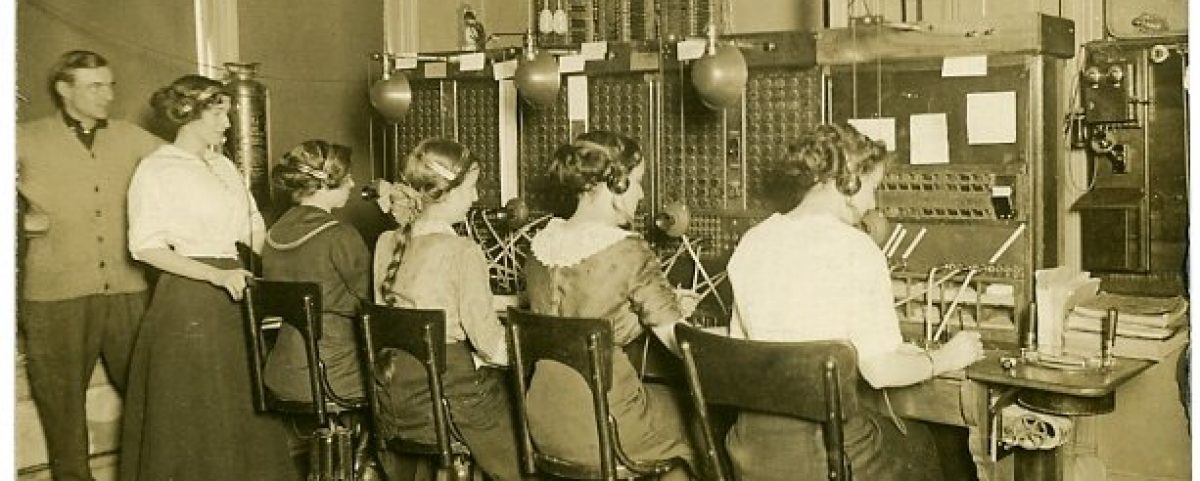I had the privilege of delivering the keynote address at the annual Cecil County Branch of the NAACP Freedom Fund Banquet on November 4, 2023. My speech focused on the richness of African American History and the invaluable contributions of earlier generations.
Over the years, I have had the opportunity to learn about the past from a remarkable group of tradition-bearers who have generously shared their stories and life experiences. Their experiences have greatly influenced my understanding of the African American narrative. I was delighted to be able to share some of these remarkable journeys through time, tracing the footsteps of those who illuminated the way and highlighting their incredible contributions, resilience, and deep family history.
The Cecil County Branch was organized in February 1962. A front-page photo in the Cecil Democrat showed the officers meeting to organize at Wright’s AME Church in Elkton. McKinley Scott of North East was the Vice-President; Mildred Johnson of Elkton treasurer; Rev. H. R. Curtis, Elkton, President; and Laurie Loper Charlestown, secretary.
It was an honor to join the NAACP in celebrating and reflecting on the enduring legacy of African Americans.







